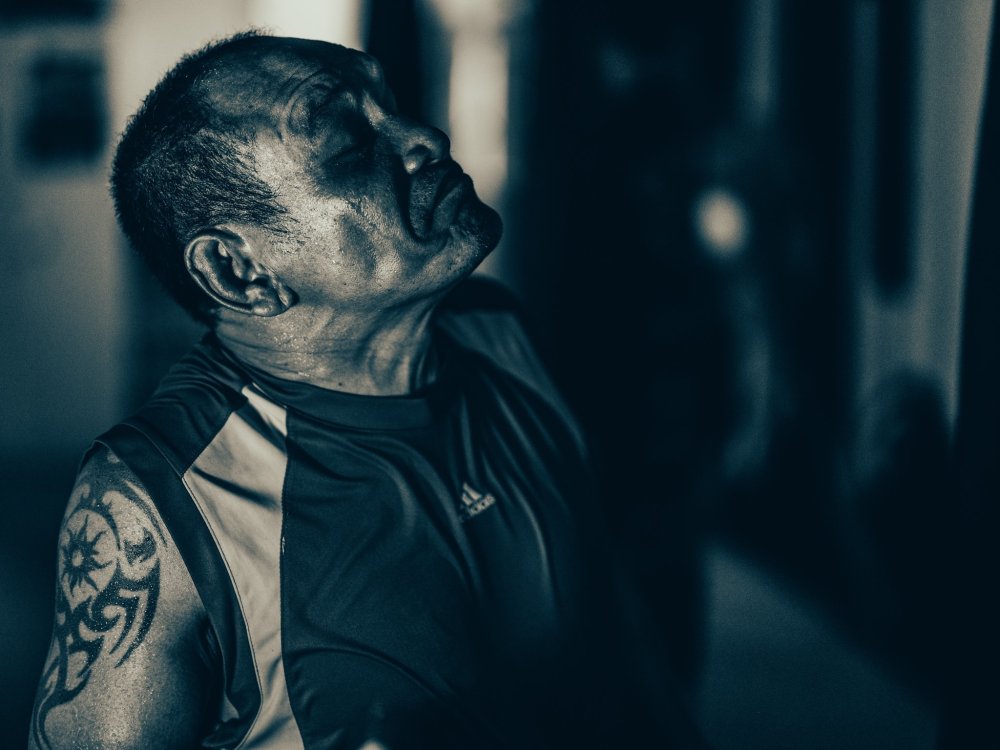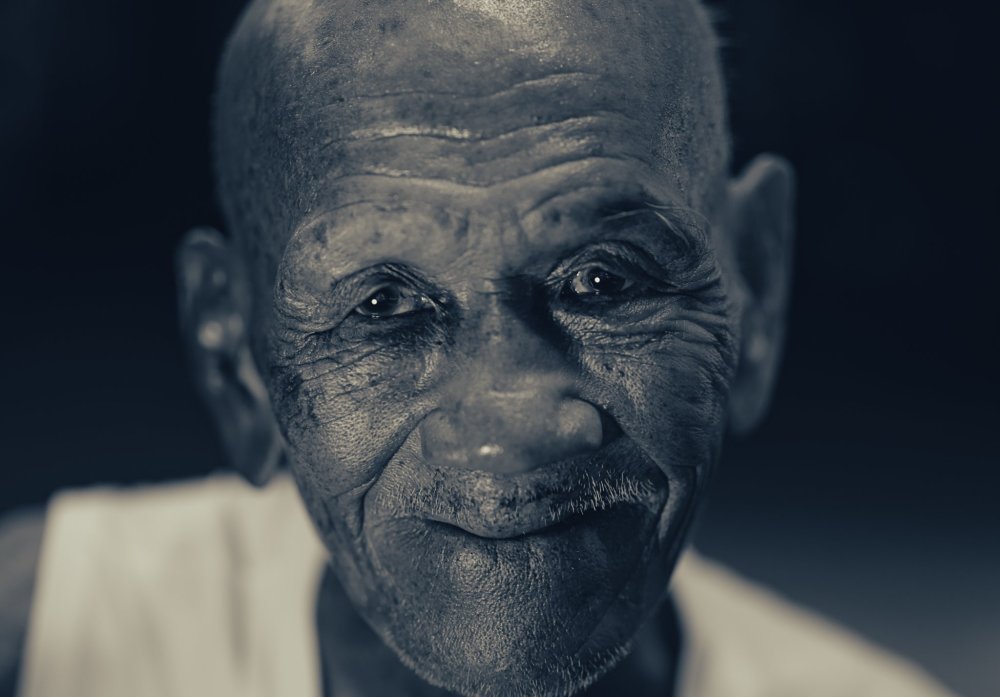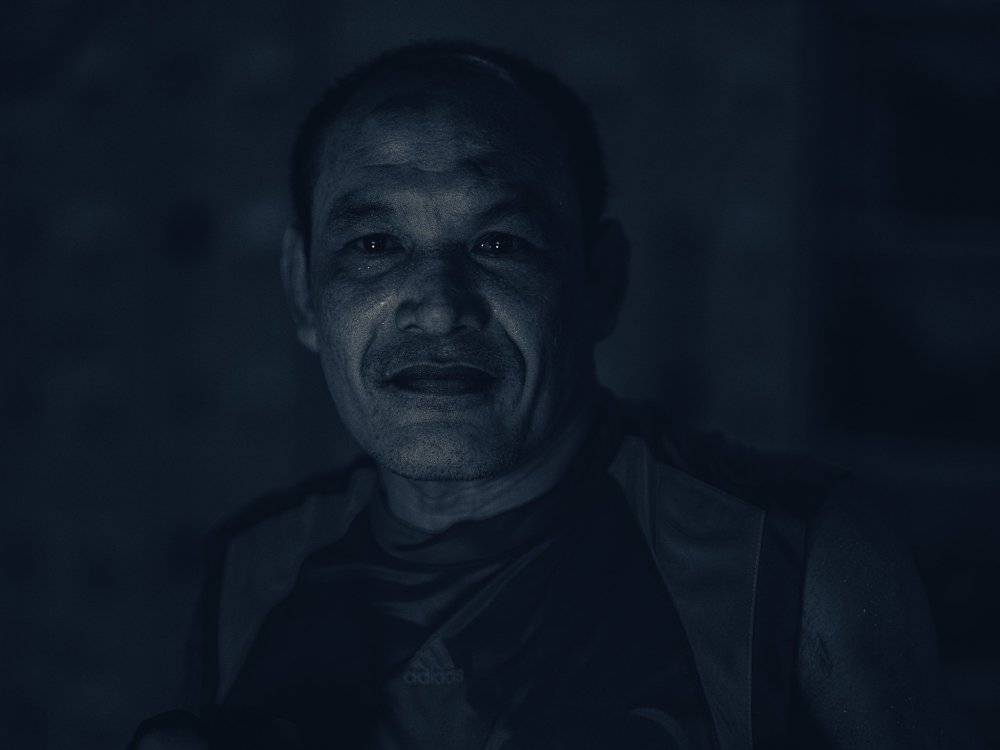All Activity
- Today
-
I'm creating a separate thread post for the pdf of this article and bookmarking its discussion. The pdf is attached, but you can currently find it here: https://www.tandfonline.com/doi/full/10.1080/0966369X.2025.2523893#abstract I beat a Thai performing white masculinity in Thailand s Muay Thai fighting tourism.pdf << There have been a fair amount of ethnographic papers on Muay Thai, often organized around an academic or student's lengthy stay in Thailand, training and sometimes fighting, and honestly this it by far the best I've read. It's kind of two papers in one. There is the philosophical framework of the introduction and the conclusion, that is absolute excellent and a bit ground breaking, and then there is the "field study" which for those of us who have been around Thailand's Muay Thai read as somewhat banal, even most of the conclusions drawn from reported field notes. This is just the manner of this kind of paper to fall into this kind of field work observation. For me the paper really soars when its at its most philosophical. screen caps like this are great: and and When the author brings together race and gender together with Colonialism it is really driving hard on the right line of inquiry (I would say). An important thing that is missing is that Thailand's Muay Thai is itself a hypermasculinity performance, which you can find in this section of Peter Vail's dissertation, so really what we have is the differential of at least TWO hypermasculinities coming into contact. The author is great at pointing out how emulation is the process of becoming, as well as the process of sought for (racial) domination. A very slippery Colonialist slope indeed. The author's instincts are so strong here I really wish they had teased out their intuited arguments further (maybe there is another paper for this), because this is a much needed discourse in Thailand's tourism Muay Thai, and in fact traditional Muay Thai itself. But I'm dropping this article here because I hope to return to its framing philosophical picture and perhaps write deeper into it.
-
susangary joined the community
-
MarissaWells changed their profile photo
-
The Holy Grail Quest of the Classic Thai Style Three of the hardest characteristics of Thai style to achieve in a unity. ruup - posture, form, impression, the line you cut sanae - charm, aura, charisma, almost with magical properties ning - being at ease, unaffected, unmoved, undisturbed, relaxed *also, not without irony or comment that this is a Crusades related image
-
MarissaWells joined the community
-
An older legend getting lined up for a seminar visit to America, something we are not connected with...but honestly I wouldn't send anyone to America now and over the next few years, even with absolutely pristine paperwork. The government is just too focused on absurdity being the point. But it feels weird to even say anything. But, don't want to see one of these men imprisoned, that would be a nightmare. This is just a small issue, there is a great deal more important suffering and struggle going on, but as I journal about Muay Thai, this is a difficult shadow concern. If anyone is bringing Thai legends to the US now please be extra careful, extra vigilant.
-
Enshittification, Here's How Platforms Die, Cory Doctorow https://youtu.be/rimtaSgGz_4?feature=shared&t=130 "First it is good to its users. Then it abuses its users to make things better for its business customers. Then it abuses those business customers to claw back the value that was once with the users, and then with the business customers, allocates it to themselves, then there is no value left. It turns into a pile of shit and then it dies." We should look at who are the "users" of Muay Thai (fans? consumers?), who are the business customers (the promoters? the gyms?), and who is the platform? There definitely is an abuse of Thai fighters going on in the altering of their sport. ...looking into the concept of Capitalist enshittification to understand what is happening to trad Muay Thai. The argument above is that enshitification ensues when anti-competition laws or barrier fail. We can see how, for instance, a certain very well funded Entertainment fighting brand came in and tried to corner the market on big names, lock down messaging across all social media platforms, and (probably quite sensibly for this sort of aggressive move) monopolize as much of the sport as could be, up and down the production and consumption chain. It was likely quite fortunate that competition indeed did arise, and push back across the board, up and down that same chain.
-
Recently really feeling the pain of the reality that Muay Thai is washing away. There are just waves and waves of shallow commentary and sharing, content hypes, and mostly just an incredible forgetfulness in our highly digitized culture of imitation and wasting. Do think we have done something with the Muay Thai Library documentation, and are doing something. It's an edifice, a seed bank of knowledge, but I honestly don't even know if what it is will last even 10 years from now, as the sport careers off into the service of the Westerner. Do people not even know that they changed all the rules to let you win???? And that Thailand itself is no longer producing the same highly skilled, deeply founded fighters? Today just bummed by it all. Definitely Benjamin's Angel of History bending down, grasping at windblown scraps. All I can comfort myself is with the fact that Thailand's Muay Thai has been incredibly resistant and resilient to incursion and outside influence, for centuries really. And it will last through this. But, we have Karuhat today sleeping in the extra bedroom, his knee recovering from ACL reconstruction, maybe with ten years of free movement left in the joint, and my heart is breaking because he is the GOAT in his own way, and people just aren't going to know him. And there are layers and layers of such memory, and capacity.
- Yesterday
-
A worthy passionate sentiment for Raja trying to hold the line against ONE, but if one wants this...bring back day-of weigh-in (which prevents excessive weight bullying), bring back gambled-on Muay Thai (not just for tourists, but for invested knowledgeable Thai fans), bring back clinch as a dominant fighting form (an entire Thai fighting art which challenges excessive, undisciplined striking), bring back narrative scoring (the actual shape of Golden Age fighting that rewards skillsets and defense), and bring back the small kaimuay (which build the Thai talent pool from the ground up). All those things are what made Muay Thai exciting. Glove size is really the smallest part of it. It's how it is prepared for, fought and scored. On the other hand, I do count it as win anytime the Golden Age is mentioned in media as a positive, as something to admire. It invites looking at what made it possible, what made Muay Thai reach such great heights.
-
Kardooklek crediting day-before weigh-in for his victory over Chalamchon for the 105 lb Raja belt, a new RWS led change in the sport which will create even bigger weight discrepancies. He did perform admirably throughout the fight. His ruup, accuracy, timing and aura pushing the lead until a smothering clinch took over in the 5th sealing off any comeback. Not an excessive example of weight differences, but just posting to show that the change is in the Thai stadium mindset, and part of their custom of providing excuses and reasons for victories. https://www.facebook.com/share/p/1JPcroe9S8/
-
Photos from the more solemn moments of Wai Kru at the legend Namkabuan's funeral ceremony, two of the greatest who fought Dieselnoi and Pudpadnoi. The spar itself can mix the solemn, the spectacle of respect and conflict, and even humor, but the weight of the moment is always there, with everyone. In this way all of Life is embodied in the display of the art and sport.
-
Never sure about provenance, but below is a photograph marked as a Funeral Fight for Marupongsiripat (1898). This custom reaches back well over 100 years, and to Thai royalty. The establishment of the 3 Schools of Muay Boran (just before the decade when Muay Thai would be modernized on the model of British Boxing) also occurred through funeral matches.
- Last week
-
As Thailand's Muay Thai travels toward pure commerce and its consumption, it should be remembered that the Thai fight for the dead, before the dead...to the honor of the dead. In funeral rites for fallen fighters and figures of the sport it is customary, in these days, to perform a traditional fighting wai kru and to put on a theatrical display, a show fight (though even further back, and at times, it can be a real fight a reality marked often marked by wagers taken). There is a celebration of the art, the sport and mostly of the community of people within it, all present in the memory of the past nakmuay or figure of the sport, who is no longer with us, and certainly a kind of joy when it comes to the spectacle of the sparing fight itself. When people argue that Muay Thai is just a sport, they do not realize that Thais in the sport have the custom of putting on show fights for the dead who have left. It is far, far more than a sport. It is the weaving of meaningful violence, transformed into spirit and its dignified glory. Each and every fight, and each and every ceremonial spar and wai kru. Below three videos of ceremonial fights. The second one is part of a longer short film on the passing of the legend Sirimongkol. Dieselnoi and Pudpadnoi for Namkabuan Sagat and Pudpadnoi for Sirimongkol Yodkhunpon and Chatkating for the head of the Sittraipom Gym's passing Samart and Weerapol (not sure which passing)
-
I'm not sure which entry or post you are responding to, but I'm glad to hear there is resonance between the things you believe and the things I write about. This is going to be a struggle, but as Muay Thai turns harder and harder towards Western values, altering its training and how fights are fought, scored, etc, in an attempt to drive tourism numbers, I believe the lasting and passionate Western tourist will end up yearning for a Muay Thai that is not made in their image. They didn't come 8,000 miles to see and know what they already know and feel. I believe Thailand's Muay Thai has something very important to teach the West, especially on the nature of violence, as it is addressed in the sport (and art). I believe things will bend back...but not before a lot of damage is done, and not before many things will be lost. We just have to do the best we can.
-
Kevin — this is beautifully written and profoundly resonates with what we are trying to protect. At our gym in Pai, Thailand — led by Kru Sittiphong (Eminent Air, Bangkok) — we often find ourselves discussing this exact tension. The split you describe between aggression as war and tradition as festival maps directly onto the current shift happening in Muay Thai today, especially in the growing clash between Muay Farang and traditional Muay Femur. So many Westerners arrive here asking for two sessions a day, intense sparring, and "hard training" to burn through their fire. They believe output equals progress — but they miss that in Thai Muay Thai, form comes before fire. As Kru says, “If no one corrects your technique, you're just burning energy and money.” You can train for years and still lack timing, balance, and control if no one slows you down. He calls this rush-to-power style "Muay Farang." Not in judgment — but as a cultural observation. It’s mechanical. It’s linear. It seeks transformation through depletion, rather than refinement. It forgets the smile in the sparring ring. The mutual game. The moment when two fighters laugh and say, “You got me.” That ease is the solarity. That’s the festival. Lerdsilla, Saenchai — we show students how they move not to win but to shine. Their movement is gift, not dominance. We see this in our students too — that knife’s edge between aggression and release. Some say they want to spar to “let out the fire.” But this isn’t the Thai way. Not really. Not the artful way. Real Thai Muay Thai is not made in war. It’s made in play, in rhythm, in control, in beauty. Muay Thai was born out of community, not conquest. The rings were surrounded by farmers, not fighters. And even now, the countryside promotions like Pai Fight Night are pushing back against the gambling, the scoring controversies, the drift toward aggressive spectacle. They are preserving Muay Thai as cultural heritage — as festival, as you so eloquently say. Even the structure of Thai training reflects this longevity: one thoughtful session a day, not burnout. Recovery built in. Years spent mastering balance before layering in power. It's a slow art. A patient art. It cannot be "hacked." And it cannot be copied in systems that don't understand its roots. So yes — we’re witnessing a shift. And some, like Samart Payakaroon, are trying to protect the tradition. Others, like the Muay Femur stylist who left ONE Championship, are quietly walking away from the pressure to perform brutality over brilliance. We believe this conversation matters deeply — and must continue. Thank you for holding space for it, — Jennifer & Kru Sittiphong Sittiphong Muay Thai - Technical Muay Femur Training Pai, Thailand
-
Sittiphong Muay Thai - Pai joined the community
-
The crazy thing about Namkabuan's 130 lb run at Lumpinee is that he told us that he was forced out of the 126 lb class because of his brother Namphon, so he went undefeated at 130 lbs instead (5 defenses). At 126 he would have been unfightable. In those years he was undefeated by Matee, Therdikiat and Jongsanan and Chatchai. Therdkiat himself was adopted into his gym. by the end of his run at 130 lbs he was giving up 10 lbs to Sakmongkol he was so unbeatable fighting up. The Lumpinee belts going off at 126 lbs during Namkabuan's 130 lb run.
-
Updated graphic for the above, some corrections. It was enjoyable digging around in the records, creating a new nice of achievement and talent. Jongrak Lukprabaht is the one figure up there with Kongtoranee and Chamuekpet with 12, a Golden Age fighter who fought on the Rajadamnern side of promotions. Notable perhaps that the elite Golden Age legends of Lumpinee and OneSongChai are largely absent. Either the belts were just to competitive on that side, or not fought frequently enough in that time frame (I assume). Probably a few names missing.
-
got curious so started making a list Only 4 Fighters have 10 more Lumpinee and/or Rajadamnern Stadium belts and defenses... Chamuekpet 9+3 Kongtoranee 5+7 Jongrak (Lukprabaht/Kaiadisorn) 3+8 Wichannoi 3+7 and only a few more with 6 or more: Paruhatlek 5+4 Robert 3+6 Petchboonchu 6+3 Sam-A 3+6 Namsaknoi 3+5 Saenchai 6+2 Thongchai 5+3 Saenklai 2+6 Lamnammoon 4+3 Apidej 4+3 Den Srisothon 5+2 Anuwat 5+2 Nong-O 4+3 Mufuang 2+4 Singdam 4+2 Samart 4+2 Nongkai 2+4 Sagat 4+2 Namkabuan 1+5 Sagetdao 4+2 Lev helped me with the compilation. Everything pre-COVID (when things changed), probably incomplete
-
Best clinch focused gym
Kevin von Duuglas-Ittu replied to James071's topic in Gym Advice and Experiences
PK Saenchai seems like a very safe bet. Anything you need should be there. -
a short piece I wrote in my hand-written diary The art of running in Muay Thai is mostly misunderstood. The probably child of military training, first of the influence of the British in the early 20th century and then from the United States in the mid-century, as it filtered through the Civil Service education, the standing armed forces and then the Police, the development of the long-running Thai fighter likely is akin to the combat solider on the march. Historically, Siamese warfare indeed involved long marches, often followed by siege. But this would not explain its persistent form as it relates to the 5 round ring. As military and police practices cycled through the provinces - brought home after and between service - and men trained and fighting in Bangkok rings in both Muay Thai and prevalent sponsored Western Boxing, the Long Run likely came to pervade the Muay Thai form throughout Thailand. But this regime of training came to match something more important and inimitable to Thailand's fighting art, and that is the long wave of attack. Perhaps this length-of-wave comes from Siam's own full martial history where engagement were pronounced and lengthy, or it comes from Thailand's Buddhistic core which prescribes equanimity in all things, and active encirclement of punctuated affects of every kind. In a sport of violence the Buddhistic prescription expresses itself vitally, flattening peaks and valleys. This is to say that in the art of 5 round ring fights the long run, likely of military and field training, also drew upon the very fabric of Buddhist culture as it played out pragmatically in more than a century of ring experiments. What many mistake when questioning the optimality of long running, is that first and foremost it is not a physical conditioning. Yes, it creates a firm foundation upon which explosive training may rest, an anchorage of recovery which can be vital in fights - the recovery of wind. But it is foremost a training of energy management, lengthening the wave, and the Mind, in particular to an engagement which most pointedly steers toward escalatory peaks and their troughs. It is about extending the Mind (and the energy) in the love wave, the wave that ultimately beats punctuated forms, breaking them down.
-
I also didn't realize how much of Yodsanklai's career, his fame, came from fighting at those much larger weight classes vs farang, and of course Contender. He really is one of those strong Thais that in the stadia had mixed success at the highest level, but then grew into the world of international fighters where he established an immense reputation.
-
I also didn't realize how much of Yodsanklai's career, his fame, came from fighting at those much larger weight classes vs farang, and of course Contender. He really is one of those strong Thais that in the stadia had mixed success at the highest stadia level, but then grew into the world of international fighters where he established an immense reputation.
Footer title
This content can be configured within your theme settings in your ACP. You can add any HTML including images, paragraphs and lists.
Footer title
This content can be configured within your theme settings in your ACP. You can add any HTML including images, paragraphs and lists.
Footer title
This content can be configured within your theme settings in your ACP. You can add any HTML including images, paragraphs and lists.

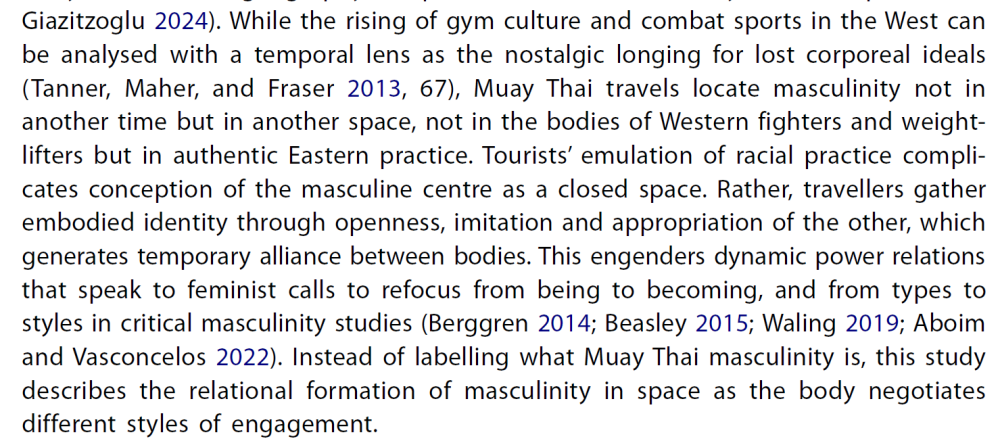
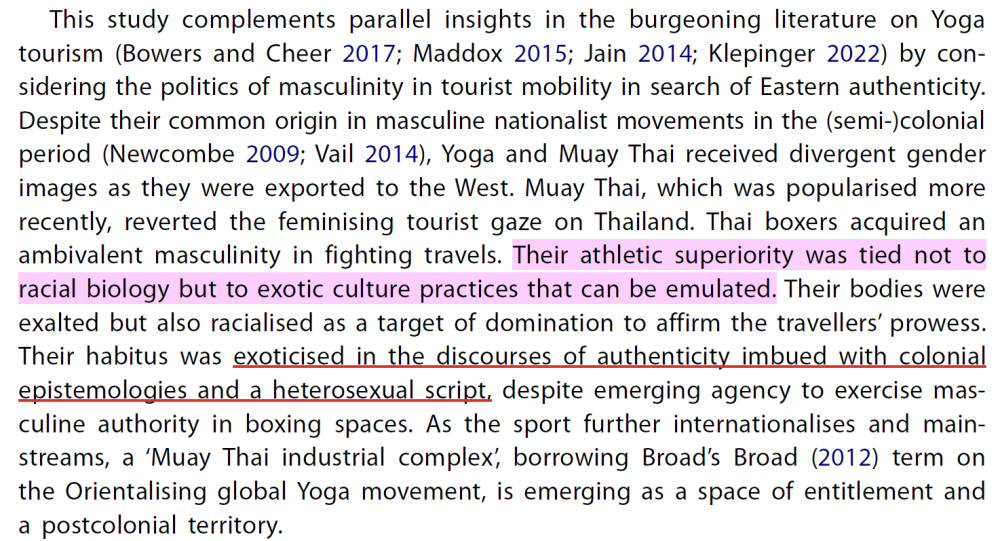
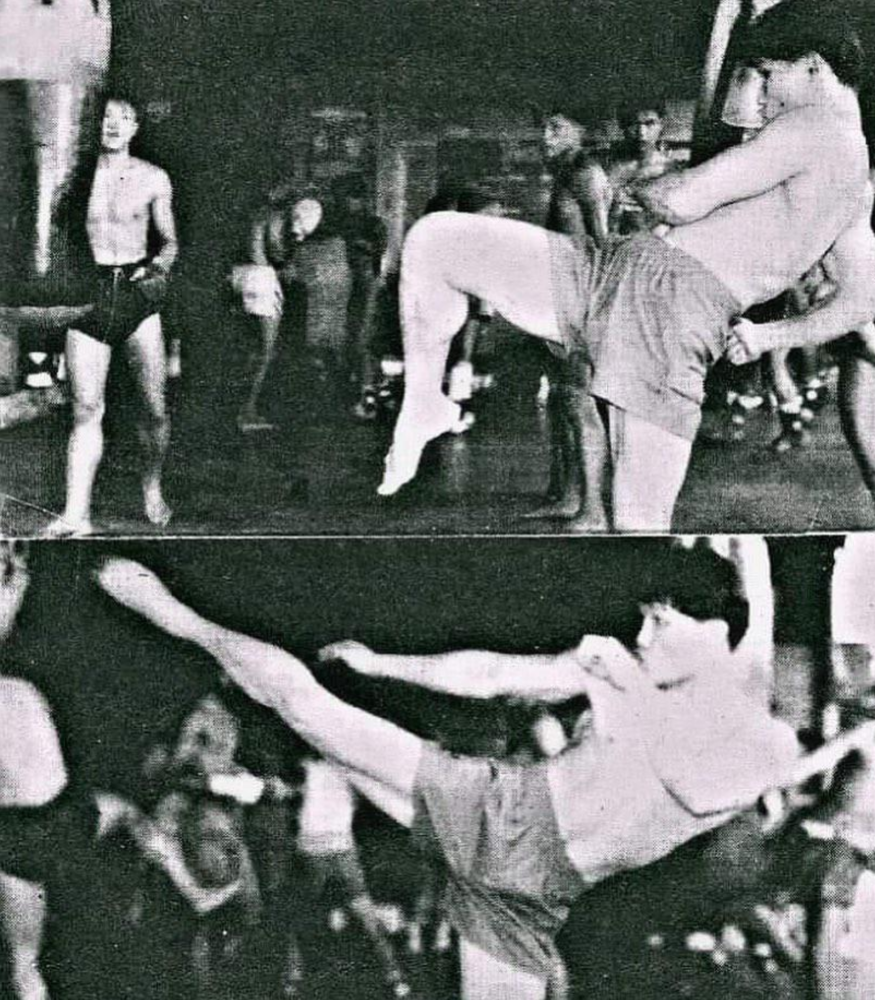

.jpeg.22151b2e9cdd4278edab975836c4a319.jpeg)

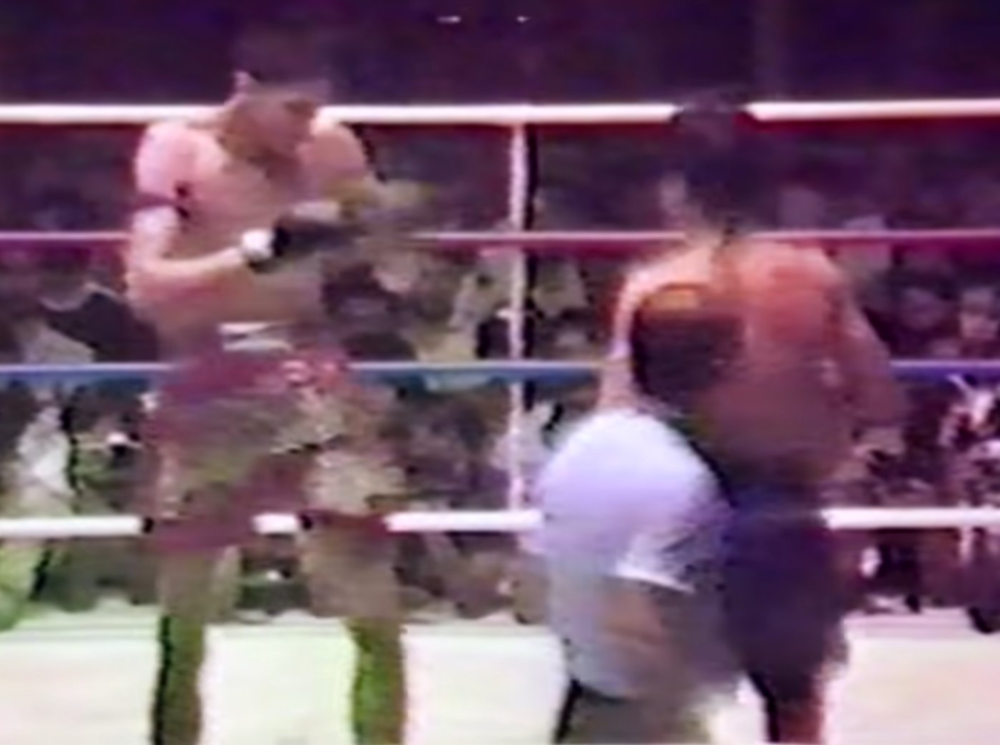
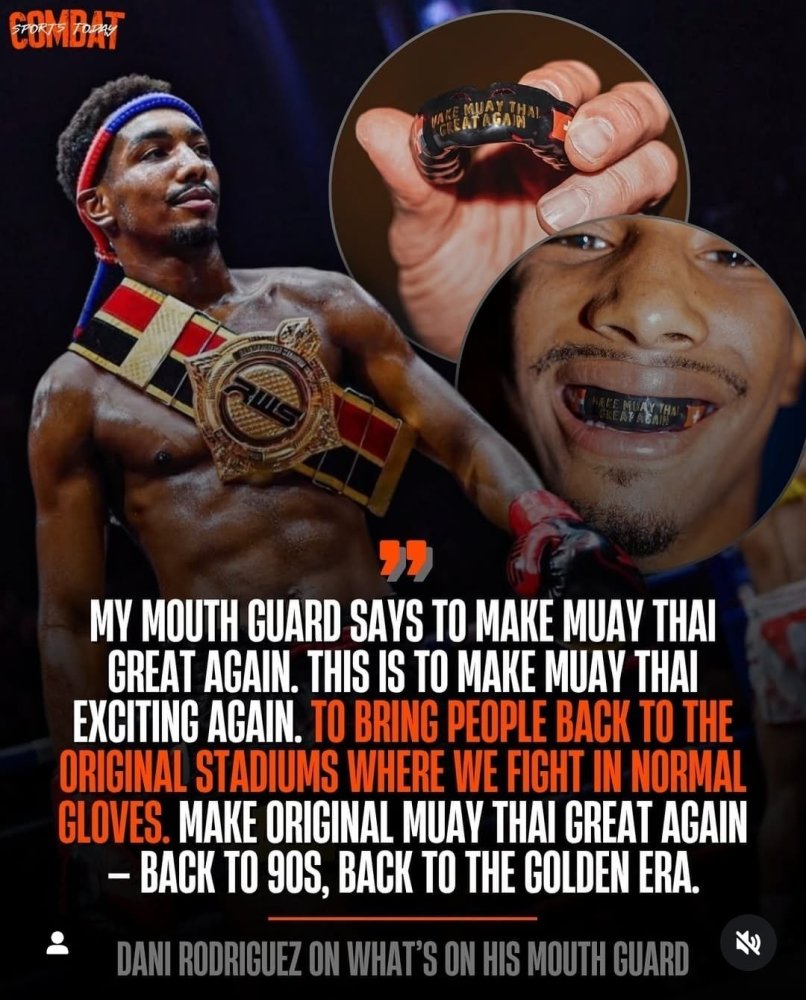
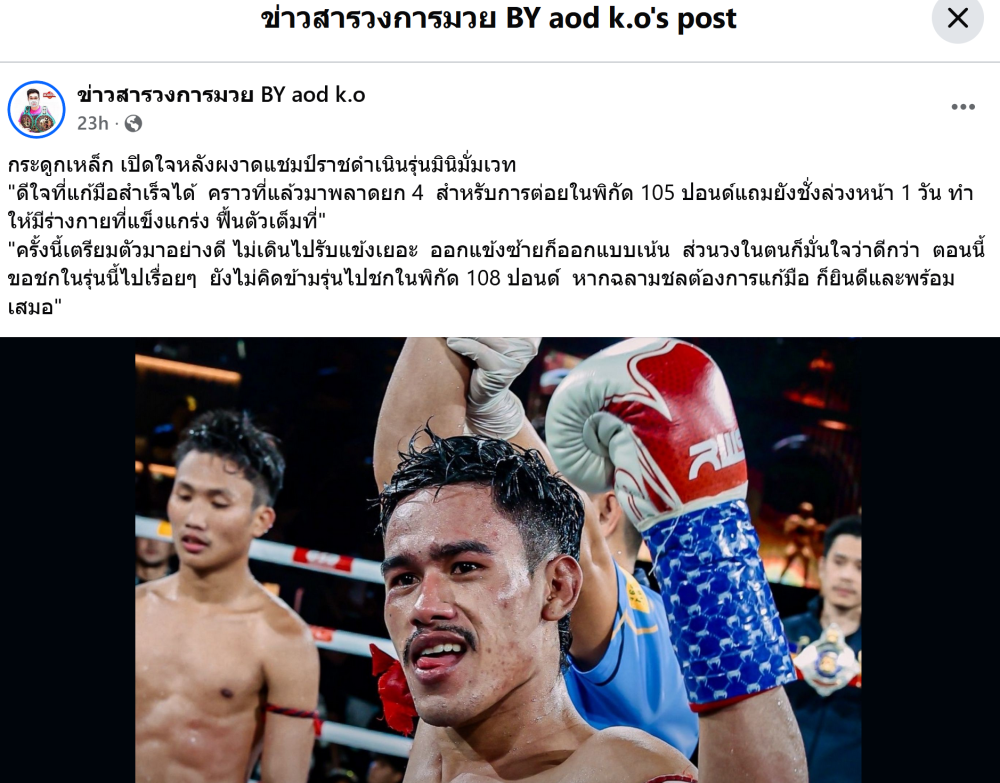
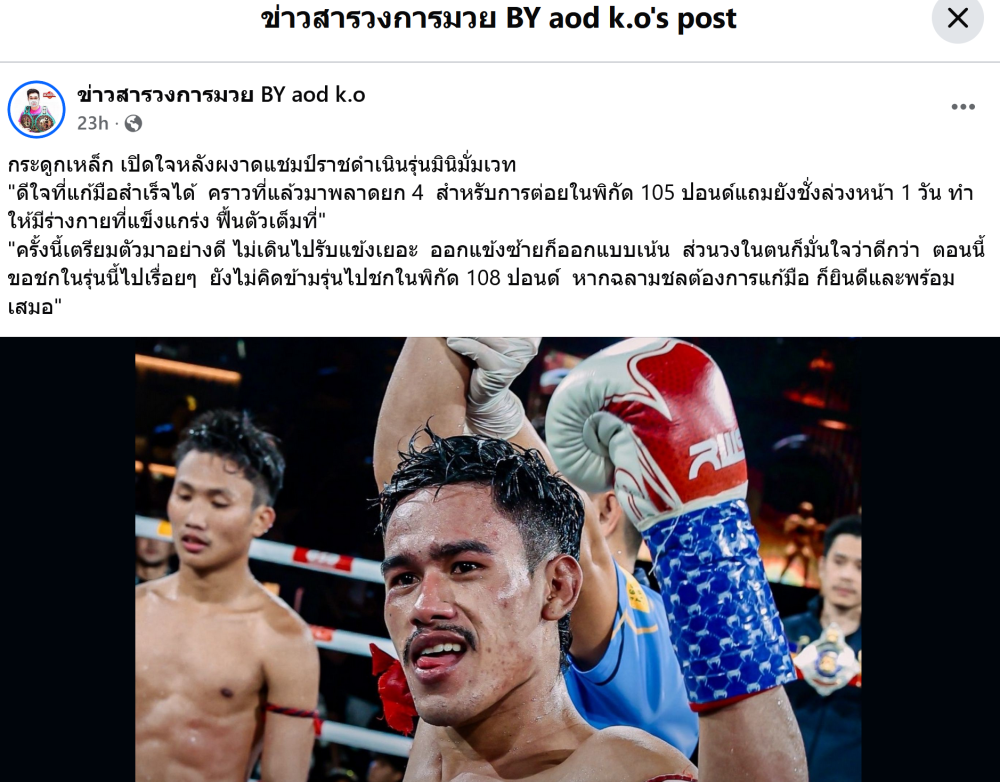
.thumb.jpg.b98b8d1397153d4c7bb308e086555d20.jpg)
.thumb.jpg.a88c8740156f9c0231ca5fc67d0bd107.jpg)
.thumb.jpg.8e0987158a6aa28b88299a44f7e6903f.jpg)
.thumb.jpg.d56e12017f5ac2e95735d732a66f48f1.jpg)
.thumb.jpg.31d2ff33f124606df1f60c8af67a37e8.jpg)
.thumb.jpg.316426a62ceba8f25171cbe84a4552f8.jpg)
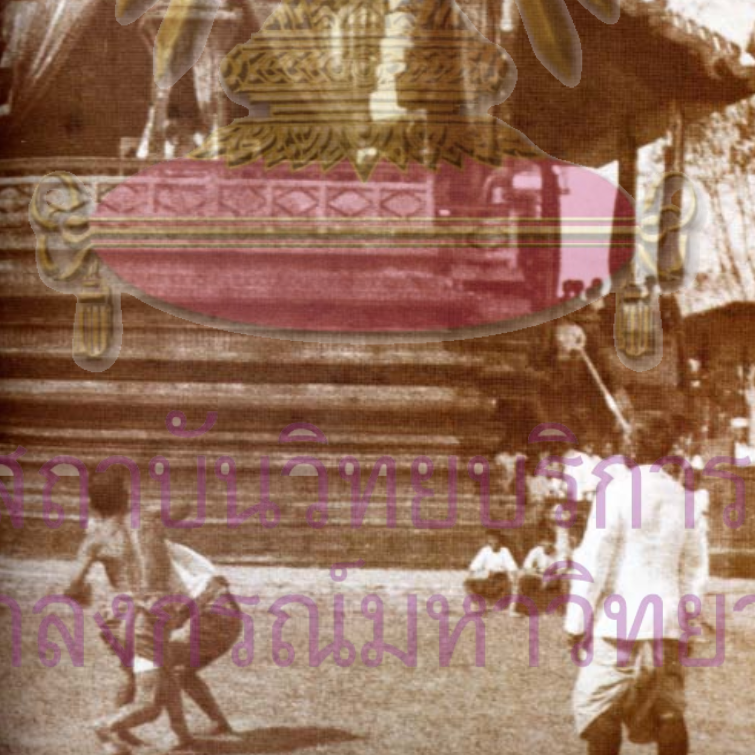
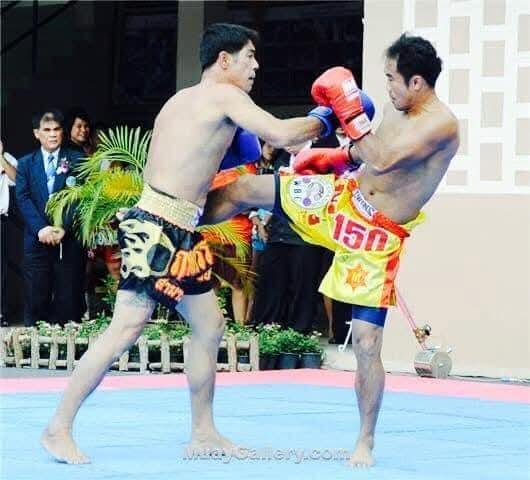
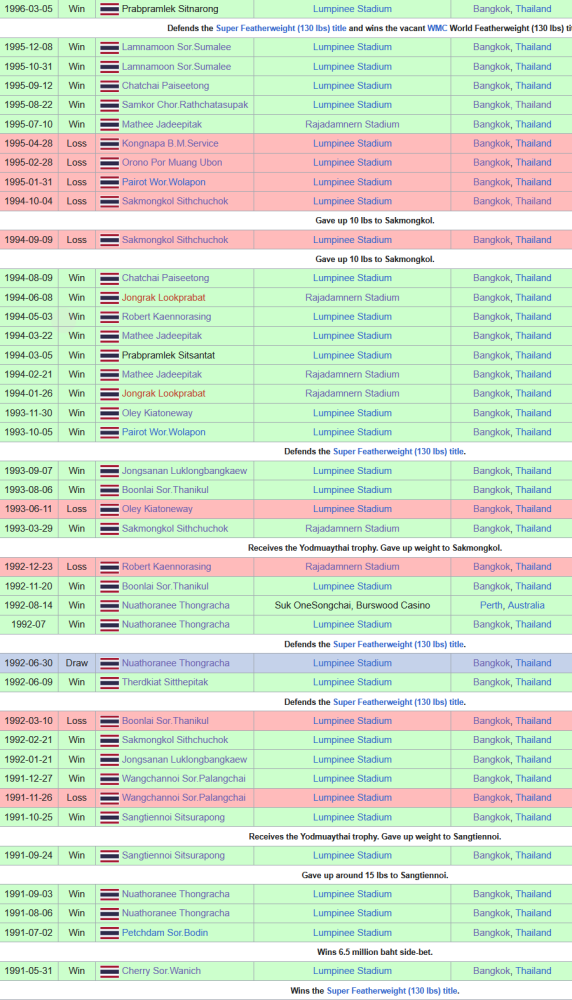
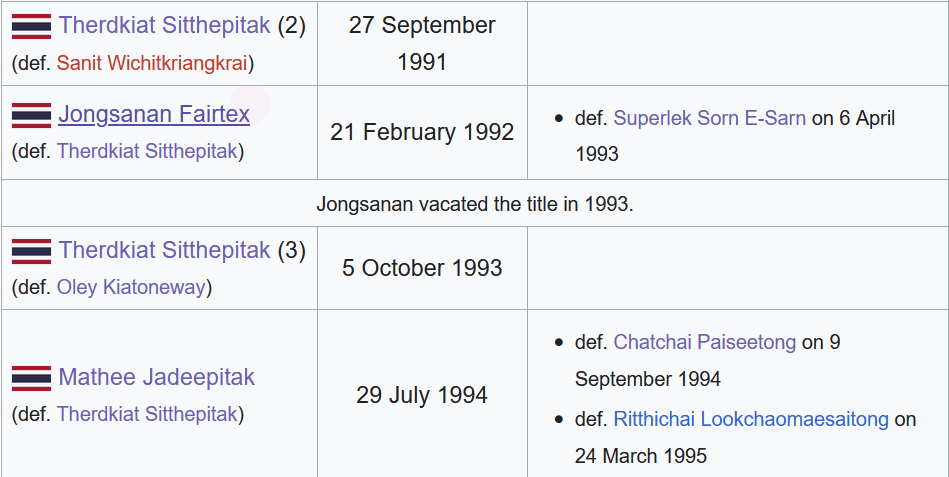
.thumb.png.213f128a2f0c1f0952e38a74475a2460.png)

